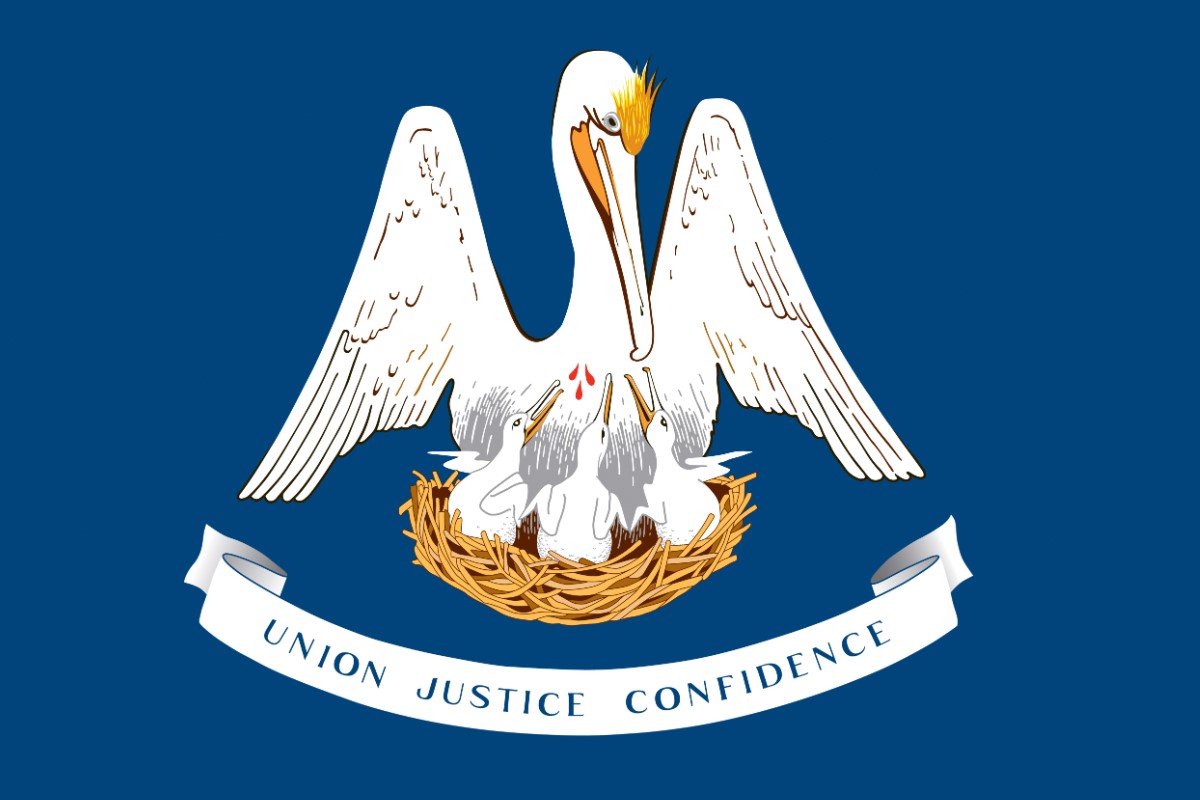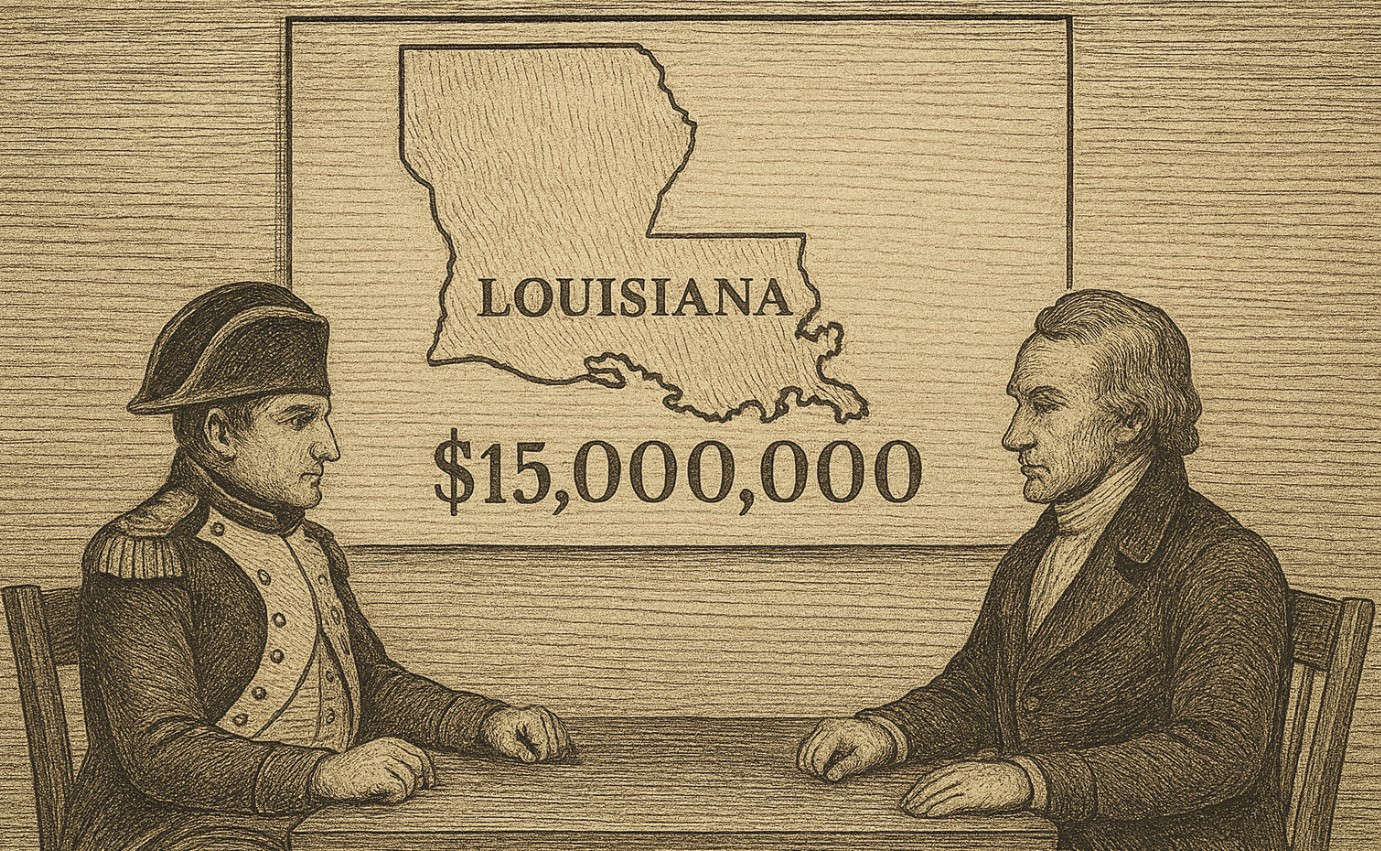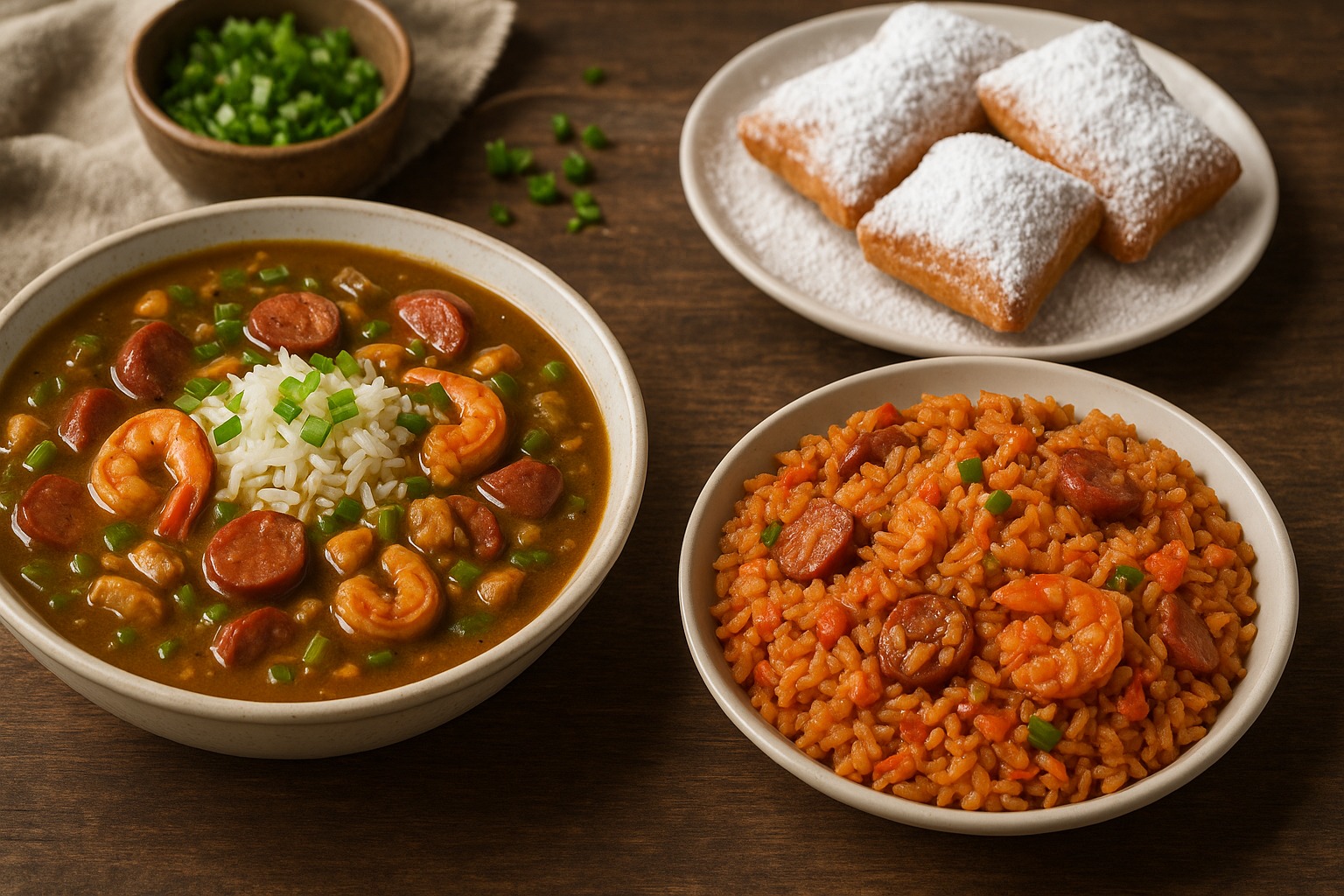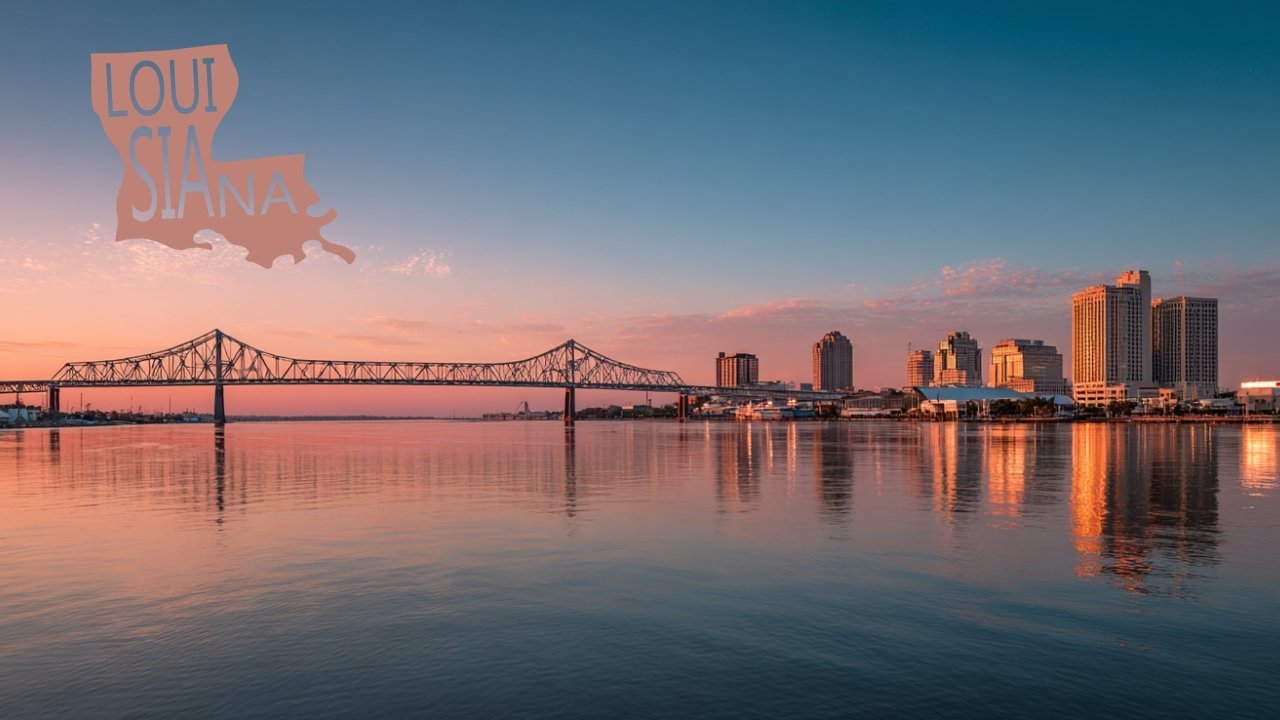After covering the US states that start with K, the next in the series is the letter L. Louisiana is the only state that carries that spot in the alphabet, but its story has more weight than most.
It grew out of swamps, trade routes, and human will, shaped by every culture that touched its soil. The sound of jazz, the taste of gumbo, and the rhythm of Mardi Gras still show how deeply history lives here.
French settlers, African traditions, Spanish rule, and Native roots built a culture that feels alive in every corner. Each storm, struggle, and celebration added to what the state became.
Louisiana stands as a reminder of how identity survives through time. Read on to see how its history, geography, and surprising facts tell a story like no other.
History
Louisiana carries a story that began long before it appeared on any European map. Native groups such as the Caddo, Choctaw, Atakapa, Chitimacha, and Houma built stable communities, relied on river trade, and adapted to a land filled with wetlands and dense forests.
Each group developed unique customs that still influence Louisiana’s identity through place names, food, and local traditions.
The French explorer Rene Robert Cavelier, Sieur de La Salle, reached the Mississippi River in 1682 and claimed the region for France, naming it La Louisiane in honor of King Louis the Fourteenth.
The colony later shifted between French and Spanish control before returning to France briefly in 1800. Three years later, the United States purchased the land through the Louisiana Purchase, one of the largest territorial expansions in American history.
New Orleans quickly became a gateway between America and the world. Trade, migration, and cultural exchange created a city filled with languages and music. Plantations along the Mississippi River produced sugar, cotton, and rice with the labor of enslaved Africans.
The Civil War and its aftermath forced the state to rebuild its economy and social structure, but Louisiana held firm to its cultural roots.

By the twentieth century, the state gained new energy through:
- Oil discovery and refining along the Gulf Coast.
- Jazz, blues, and zydeco music, born in local clubs and spread across the world.
- Agricultural reform, which shifted labor patterns across the rural parishes.
- Civil rights activism which reshaped the social and political landscape.
Geography
Louisiana sits in the Deep South, bordered by Texas on the west, Arkansas on the north, Mississippi on the east, and the Gulf of Mexico on the south.
The state covers more than fifty thousand square miles, much of it made up of coastal wetlands and river deltas created by centuries of flooding from the Mississippi River.
The land is low and fertile, with some regions lying below sea level. That geography brings both richness and risk. Fertile soil supports sugarcane, rice, soybeans, and cotton, but storms and hurricanes often test the strength of its communities.
Major geographic features include:
- The Mississippi River, one of the longest in the world, flows more than two thousand miles and ends in the Gulf.
- Lake Pontchartrain, a vast estuary north of New Orleans, is crossed by one of the world’s longest continuous bridges.
- The Atchafalaya Basin, the largest swamp in the United States, is home to cypress trees, herons, and alligators.
- The Gulf Coast marshlands protect inland towns and support vital shrimp and oyster industries.
Louisiana ranks 49th among the happiest states in America. The number looks harsh, but life there still carries a pulse of pride. People work, gather, eat, and keep going. No chart can measure that kind of heart.
Surprising Facts
Louisiana stands out in ways that often surprise those who visit or study it. Many facts show how unique the state remains even today.
Cultural and Historical Facts

- Louisiana entered the Union in 1812 as the eighteenth state.
- Napoleon sold the territory for fifteen million dollars, covering more than eight hundred thousand square miles of land.
- The term parish replaces county in Louisiana because of its French and Catholic heritage.
- Jazz was born in New Orleans through African rhythms, brass bands, and Creole influence.
Geographic and Natural Facts
- Louisiana contains about forty percent of all coastal wetlands in the continental United States.
- More than one hundred and thirty salt domes sit beneath the state, some used for oil and gas storage.
- The Mississippi River Delta loses thousands of acres of land each year due to erosion and rising sea levels.
Fun Trivia About Louisiana

- The state hosts the oldest continuously running Mardi Gras celebration in the nation.
- Louisiana’s cuisine blends French, African, Caribbean, and Spanish influences to create gumbo, jambalaya, and beignets.
- Baton Rouge means “red stick” in French, named by early explorers who saw a red-colored boundary marker.
- The Superdome in New Orleans once served as a temporary refuge for tens of thousands during Hurricane Katrina in 2005.
Last Words
Louisiana stands as proof that history can live through people, not only through books. Generations built meaning through music, food, and language that connect every corner of the state. Life here shows how strength grows out of work, not comfort. Each parish, street, and bayou keeps a memory that still guides its identity today.
The land still fights water, the cities still rebuild, and the traditions still hold strong. Louisiana never became ordinary. It stayed proud, layered, and alive with meaning that reaches far beyond its borders.
Next in the series are US states that start with M.


